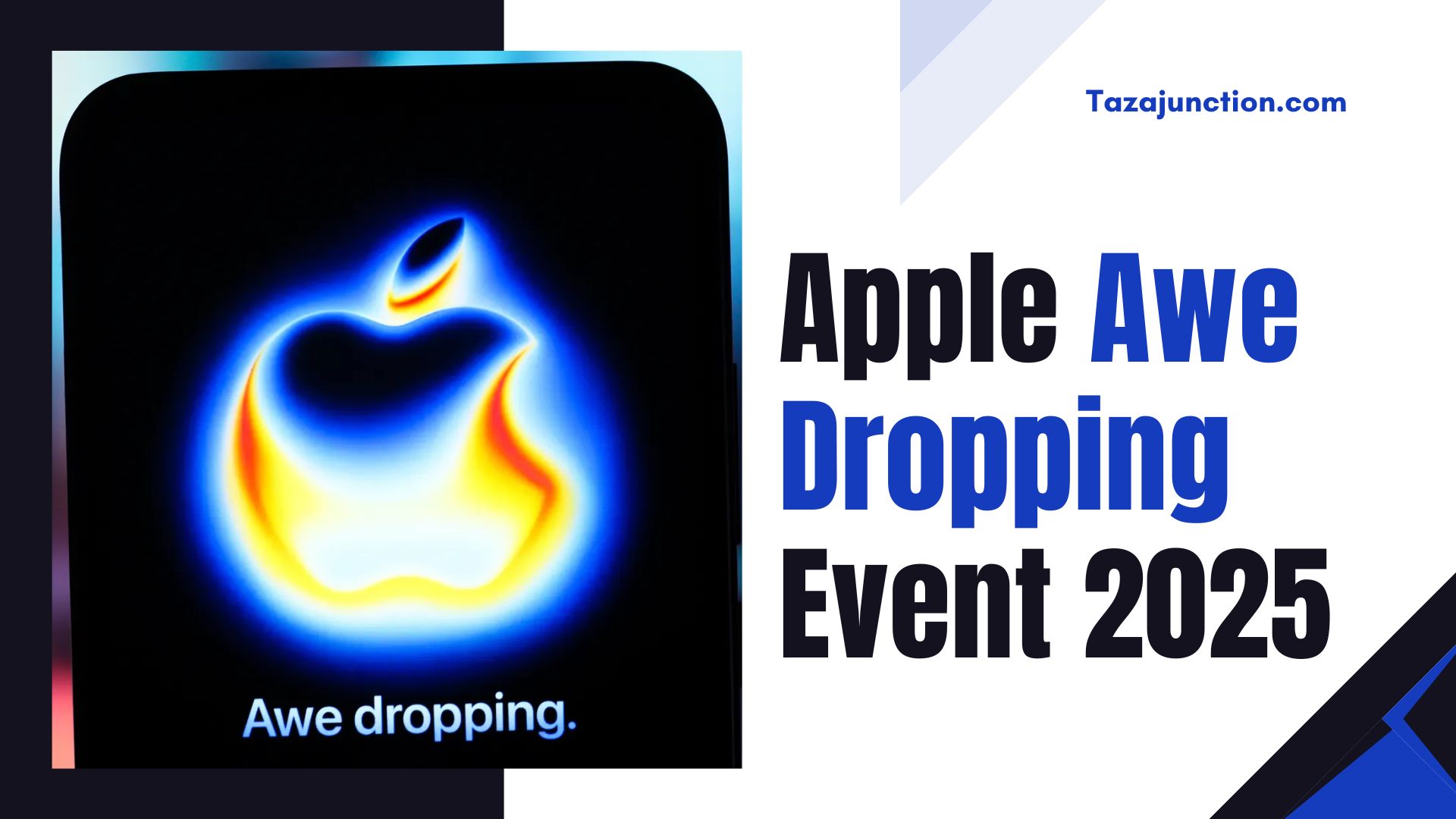Apple fans around the globe eagerly await every product launch, and the upcoming AirPods Pro 3 is no exception. What’s creating even more buzz this time is the revelation that two versions of AirPods Pro 3 will be released, each catering to slightly different audiences.
With Apple’s focus on innovation and user experience, the idea of offering two distinct models of its popular wireless earbuds is both exciting and strategic.
This TazaJunction.com article explores everything we know so far about the two versions of AirPods Pro 3, their differences, the technology powering them, and what this means for Apple’s future in the audio space.
Table of Contents
Why Two Versions of AirPods Pro 3?
Apple rarely duplicates product lines unless there’s a clear strategic purpose. In this case, the company seems to be addressing two growing needs: affordability and premium features.
By launching two versions of AirPods Pro 3, Apple can cater to both users who want high-end features at any cost and those who prefer a more budget-conscious option without sacrificing too much quality.
This approach mirrors Apple’s strategy with the iPhone lineup, where the company offers multiple models—standard, Pro, and Pro Max—to reach wider demographics. The same logic now applies to the AirPods family.
Expected Differences Between the Two Versions

Early reports suggest that the two versions of AirPods Pro 3 will differ in several key areas:
1. Noise Cancellation Technology
The premium version will likely feature Apple’s most advanced active noise cancellation (ANC) to date, delivering superior sound isolation for commuters and travelers. The second version may scale back this feature, offering either a simplified ANC or relying more on passive noise reduction.
2. Audio Performance
Both versions are expected to feature Apple’s custom audio drivers and support for spatial audio. However, the higher-end model may include an upgraded driver system or exclusive tuning options for audiophiles.
3. Battery Life
Battery life is often a critical factor. The premium AirPods Pro 3 could boast longer playback time thanks to a slightly larger battery and energy-efficient chip. The other version may compromise slightly here to maintain affordability.
4. Health and Fitness Features
Apple has been rumored to integrate health sensors into its wearable devices. The premium version of two versions of AirPods Pro 3 might include features such as temperature sensing, hearing health monitoring, or even heart-rate tracking via the ear canal.
5. Price Point
Naturally, one of the major differences between the two versions of AirPods Pro 3 will be the price. The premium model is expected to come in at a higher price bracket, while the secondary version will give customers a more affordable entry into Apple’s Pro-level audio experience.
Design and Comfort
Apple has historically maintained a consistent design language for its AirPods lineup, with slight tweaks to improve comfort and stability.
For the two versions of AirPods Pro 3, we can expect similar designs, though the premium version might feature exclusive finishes or materials. Comfort-focused enhancements, such as new ear tips or lightweight materials, could also differ between the two.
Software and Ecosystem Integration
One of the biggest selling points of AirPods has always been their seamless integration with Apple’s ecosystem. Both versions of AirPods Pro 3 will undoubtedly continue this tradition.
However, it’s possible that certain advanced features—such as adaptive EQ, enhanced Find My integration, or AI-powered voice isolation—may be limited to the premium version.
This would further differentiate the two versions of AirPods Pro 3, giving high-end users added value while still providing essential features to budget-conscious buyers.
Market Impact and Competition
The decision to launch two versions of AirPods Pro 3 comes at a time when competition in the wireless earbuds market is fierce. Companies like Sony, Bose, and Samsung have raised the bar with advanced noise cancellation, longer battery life, and customizable sound profiles.
By diversifying the AirPods Pro line, Apple ensures it doesn’t lose ground in either the premium or mid-range markets. The premium version will take on the likes of Sony WF-1000XM5 and Bose QuietComfort Earbuds II, while the more affordable version will compete with Samsung Galaxy Buds and Beats Studio Buds+.
What This Means for Consumers?
For consumers, the launch of two versions of AirPods Pro 3 is great news. Instead of having to choose between the regular AirPods and the high-end AirPods Pro, buyers will now have more tailored options.
Those who crave cutting-edge features and don’t mind paying a premium will gravitate toward the top-tier version, while those seeking value will find the second version appealing.
Rumors on Release Date
Although Apple hasn’t officially announced a date, industry insiders suggest that the two versions of AirPods Pro 3 could debut alongside the iPhone 17 lineup or during a standalone fall event in 2025.
Historically, Apple has timed its AirPods announcements around major product launches, so a September unveiling seems highly likely.
Potential Pricing Strategy
Pricing remains one of the most closely guarded secrets. Analysts predict that the premium version of two versions of AirPods Pro 3 could be priced slightly higher than the current AirPods Pro 2, possibly around $299.
The secondary version might be priced closer to $199–$229, making it more accessible to a broader audience.
Apple’s Vision for the Future of Audio
The two versions of AirPods Pro 3 signify more than just another product launch—they highlight Apple’s vision for the future of audio.
With AI integration, potential health monitoring features, and improved spatial sound, Apple is turning AirPods into more than just earbuds—they are becoming essential lifestyle and health devices.
Conclusion
The revelation that Apple is preparing two versions of AirPods Pro 3 has created significant excitement in the tech world. By offering both a premium and a more affordable version, Apple is ensuring that its wireless earbuds appeal to a wider audience.
Whether you value cutting-edge features like advanced ANC and health monitoring, or simply want reliable, high-quality earbuds at a lower price, this upcoming release will likely have something for you.
As the launch approaches, all eyes will be on Apple’s announcements to see how the company positions these products in the market.
One thing is certain—the two versions of AirPods Pro 3 will redefine how consumers experience Apple’s most successful wearable line yet.



























